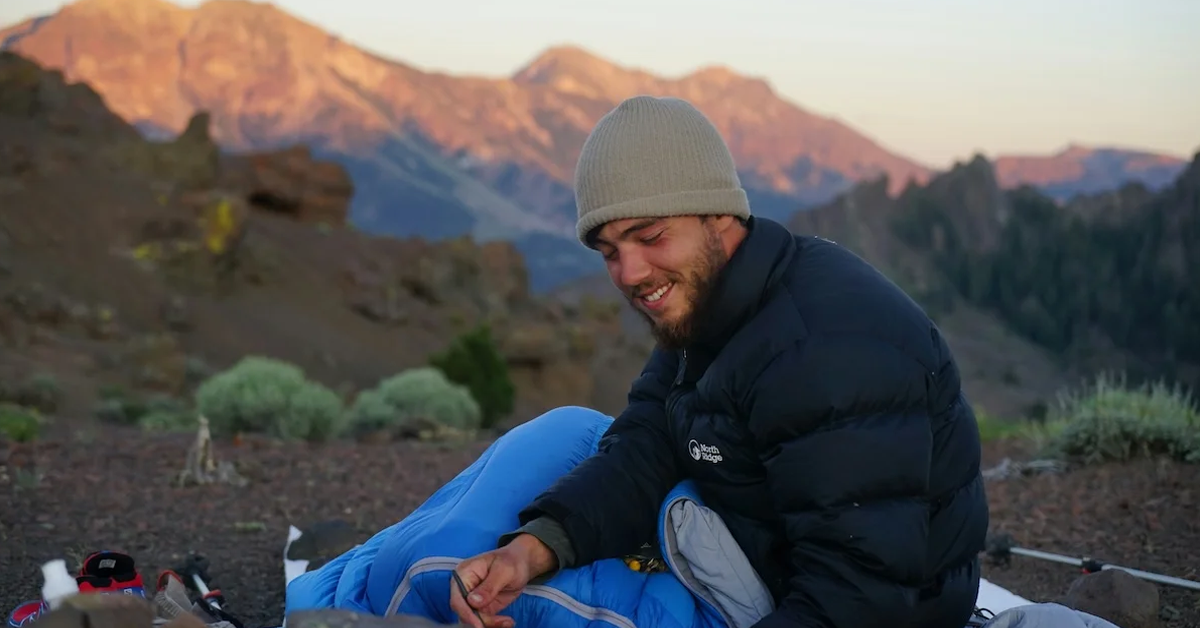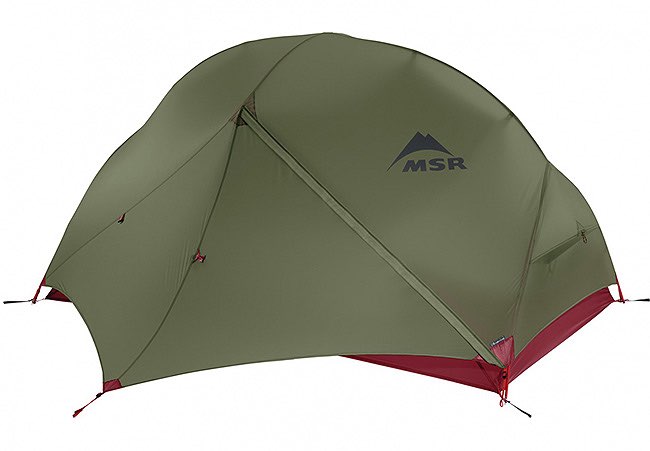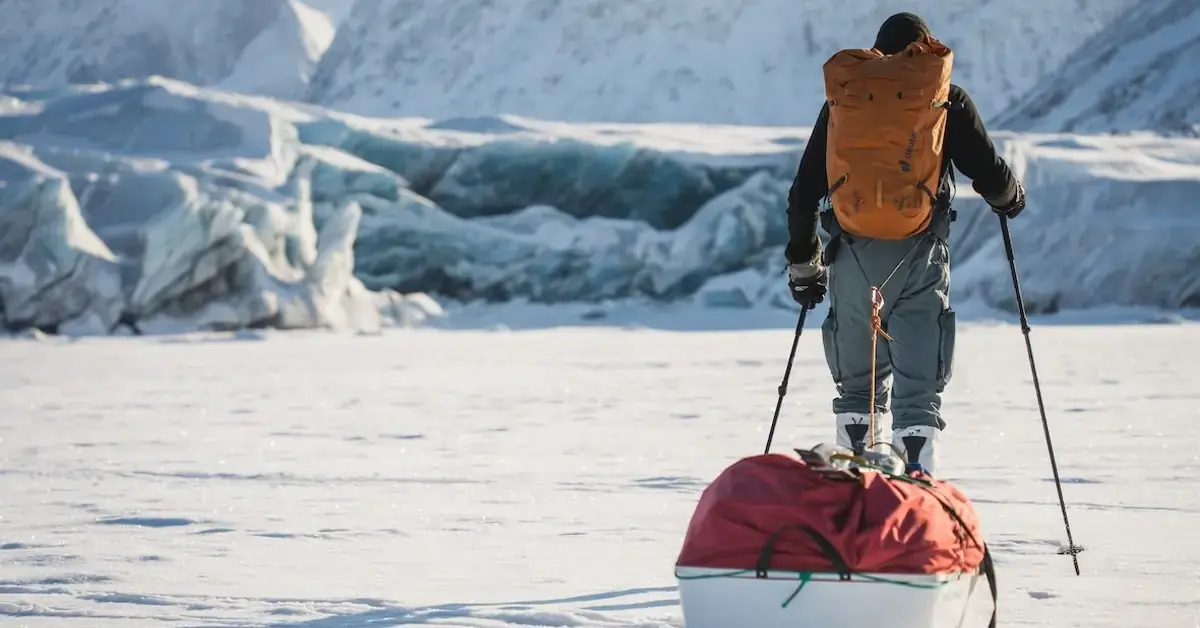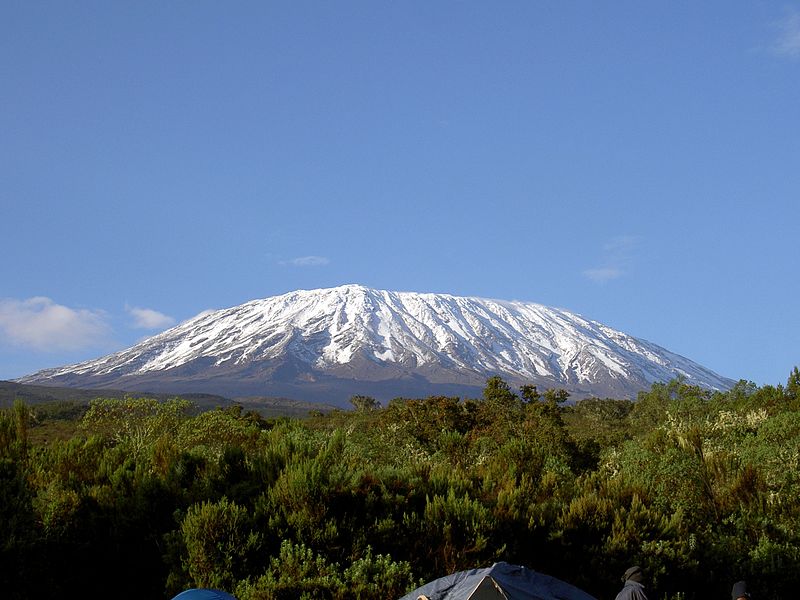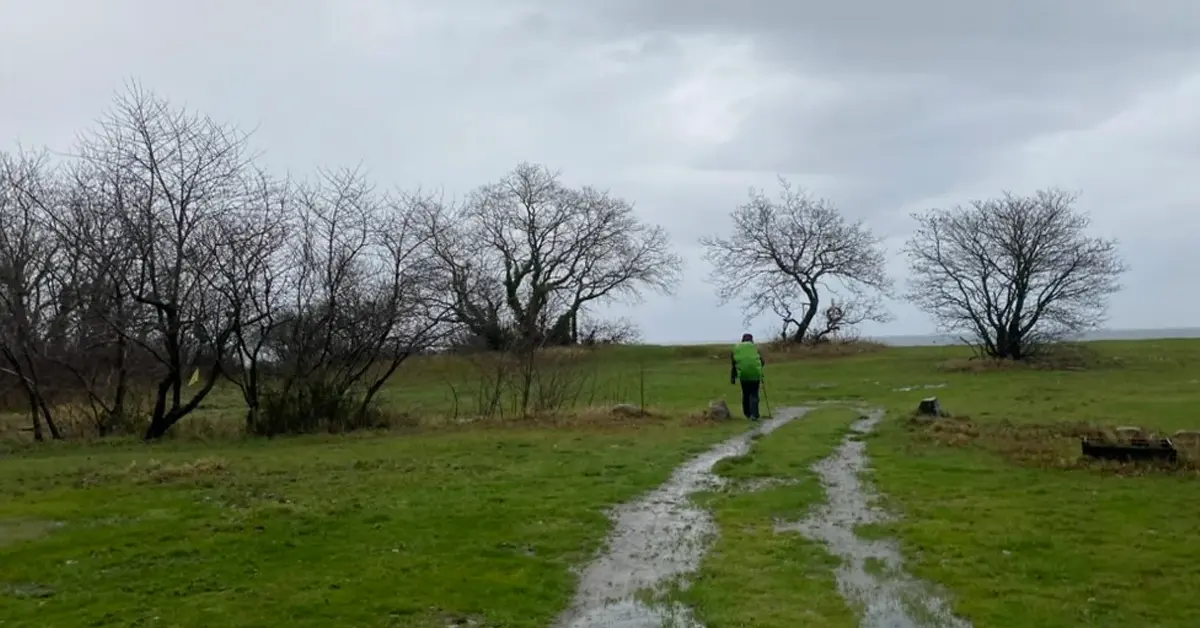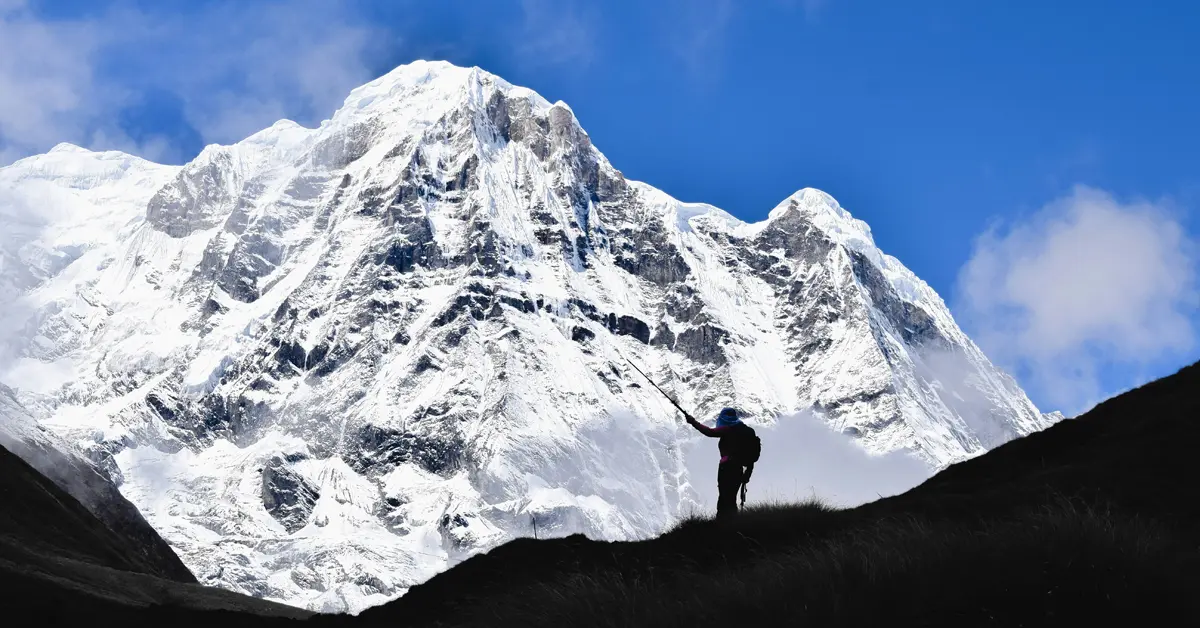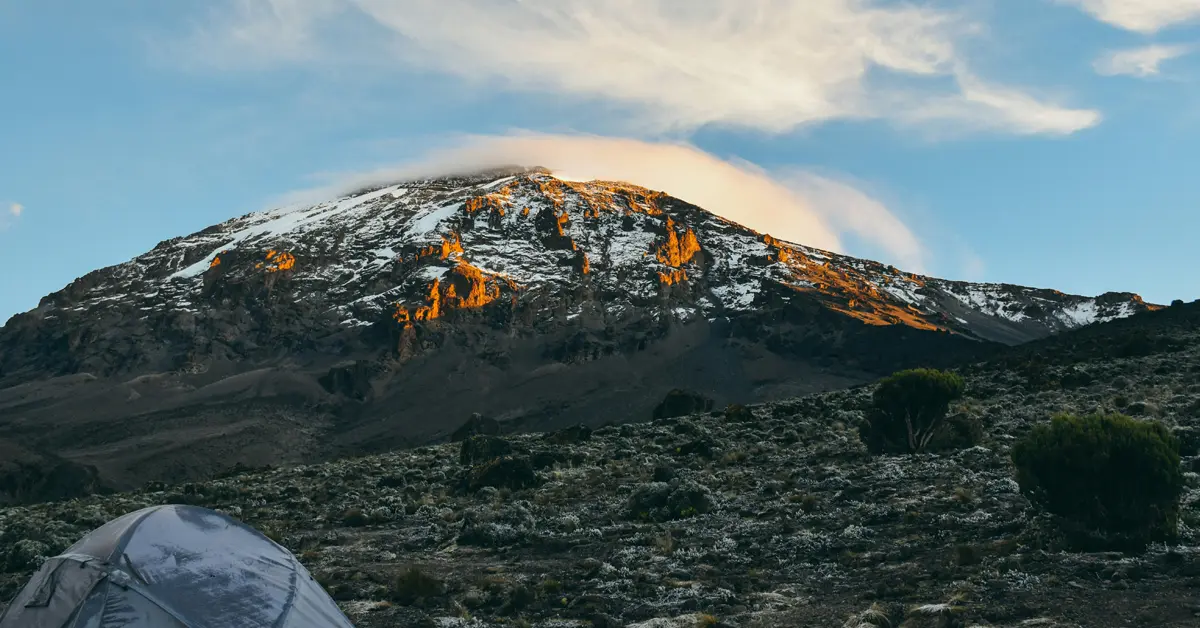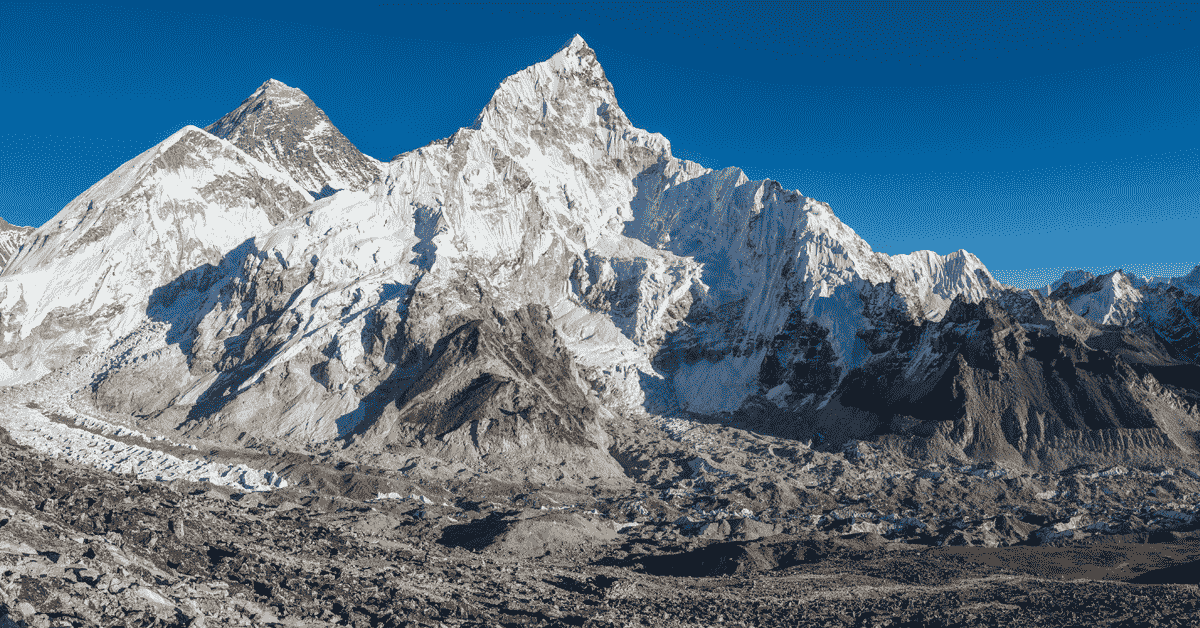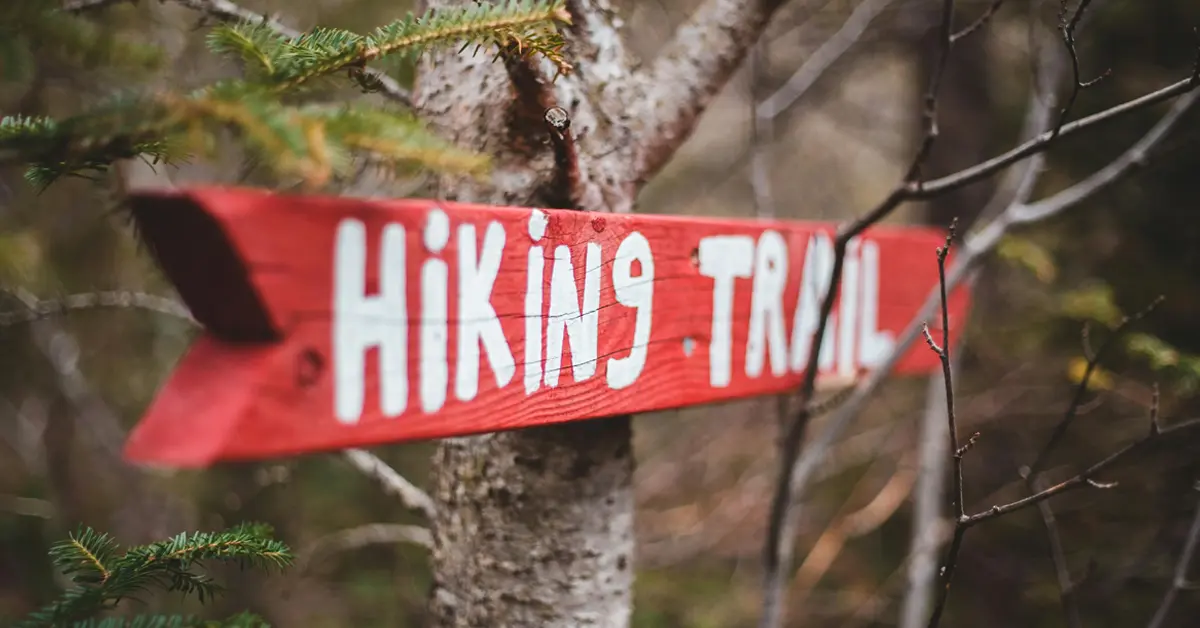Pacific Crest Trail Gear Guide: Essentials for Your Hike

Gearchecker
9 months ago

Introduction of the Pacific Crest Trail
The Pacific Crest Trail (PCT), also known as the PCT route or Pacific Crest National Scenic Trail, is a long-distance hiking and equestrian trail aligned with the highest parts of the Cascade Range and Sierra Nevada mountains. Spanning 4,300 kilometers from Mexico to Canada, it offers breathtaking landscapes and a unique challenge.
Best Time to Visit: Most thru-hikers start northbound in mid-April to early May to avoid spring snow in the mountains. Southbound hikes typically begin in late June to early July.
Cost: Budget anywhere from $4,000 to $12,000 for a thru-hike, depending on your gear choices and supply strategy.
Route Overview: The 4,270 km trail traverses deserts, mountains, forests, and volcanic peaks.
California: The longest section 729 miles boasts the Sierra Nevada and Yosemite National Park.
Oregon: Lush forests, volcanic peaks, and charming towns grace its 266 miles.
Washington: Stunning views of Mount Rainier and the Cascade Range define its 491 miles.
Gear Essentials for Pacific Crest Trail
To make your journey enjoyable and safe, choosing the right gear is crucial. This guide focuses on essential equipment, with a special emphasis on "Best backpack for long hikes," "What kind of footwear to wear on the PCT," and other gear-related advice.
Best Backpack for Long Hikes on the PCT
Choosing Your Backpack
The right backpack can make a significant difference on your PCT hike. For a trek that lasts several months, you need a backpack that is not only lightweight but also sturdy and comfortable.
Osprey Exos 58L is a popular choice among long-distance hikers due to its balance of comfort and functionality. It offers ample space while keeping the weight minimal, crucial for long days on the trail.
Balancing Weight and Comfort
It's important to recognize that while ultralight packs can reduce your base weight, they may not always offer the best support for heavy loads. Packs that are themselves heavier are generally better at carrying substantial weights comfortably.
However, there's a tipping point—carrying a heavy load day in and day out can make even the best pack feel burdensome. Instead of opting for the most minimalist pack to cut weight, consider whether it might be more effective to reduce weight in other areas of your gear. The choice is yours, and finding the right balance will be key to your comfort on the trail.
Features to Look For
Weight: Aim for a backpack that weighs less than 2 kg when empty.
Capacity: A 55-65 liter backpack should suffice for most hikers.
Fit: Ensure it matches your torso length and has a comfortable hip belt.
Accessibility: Look for pockets and compartments for easy access to essentials.
This updated section provides a more nuanced take on choosing a backpack, emphasizing the trade-offs between weight and comfort, and encouraging hikers to find their own best solution.
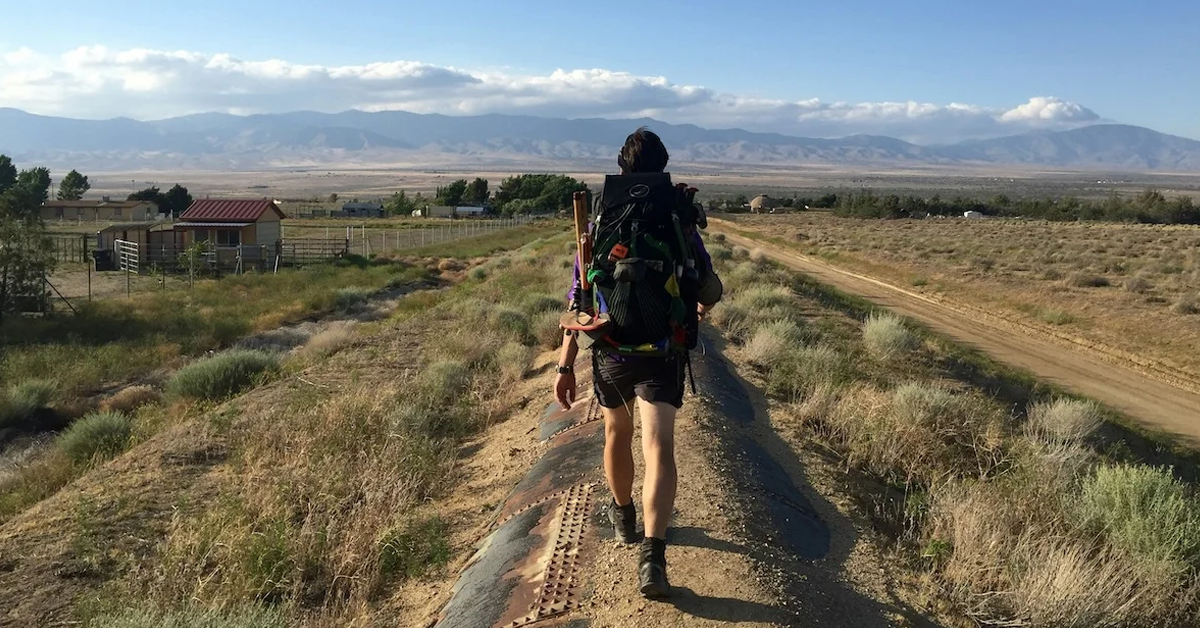
What Kind of Footwear to Wear on the PCT?
Understanding the Importance of Proper Footwear
Shoes are undoubtedly one of the most critical gear choices for Pacific Crest Trail hikers. They are not only essential for moving you along the trail but also highly personal items. It's important to state upfront: there is no "best thru-hiking shoe" that fits everyone. The ideal shoes are those that best meet the individual needs of the hiker. Don’t hesitate to experiment with different models and brands to find what feels best on your feet.
Selecting Your Hiking Footwear
While the trail offers diverse conditions, the choice in footwear should be tailored to your specific needs:
Type of Shoe:Consider whether you prefer trail runners, hiking shoes, or boots based on the terrain you anticipate.
Waterproof Features:Evaluate if waterproof shoes are necessary for your journey, which might be beneficial in rainy seasons or snowy sections.
Fit Changes:Be aware that many hikers find their feet swell or change size during long hikes. It might be wise to start with a slightly larger size or plan to change shoes at some point along the trail.
This year, there's a focus on breaking down these aspects even further to help you make an informed decision. Trail runners like Altra Lone Peak continue to be a popular choice for their balance of comfort, weight, and quick-drying capabilities, making them suitable for the varied PCT conditions.
Footwear Tips
Try Multiple Options:Don’t commit to a single shoe until you've tried several on different terrains.
Consider Durability:Expect to change your shoes every 500 to 700 miles, so consider durability and ease of replacement.
Listen to Your Feet: Comfort should be your guide when selecting footwear. If something doesn’t feel right, it likely isn’t.
By focusing on these key factors, you can select the footwear that will best support your journey along the Pacific Crest Trail, ensuring that your feet remain in good shape from start to finish.
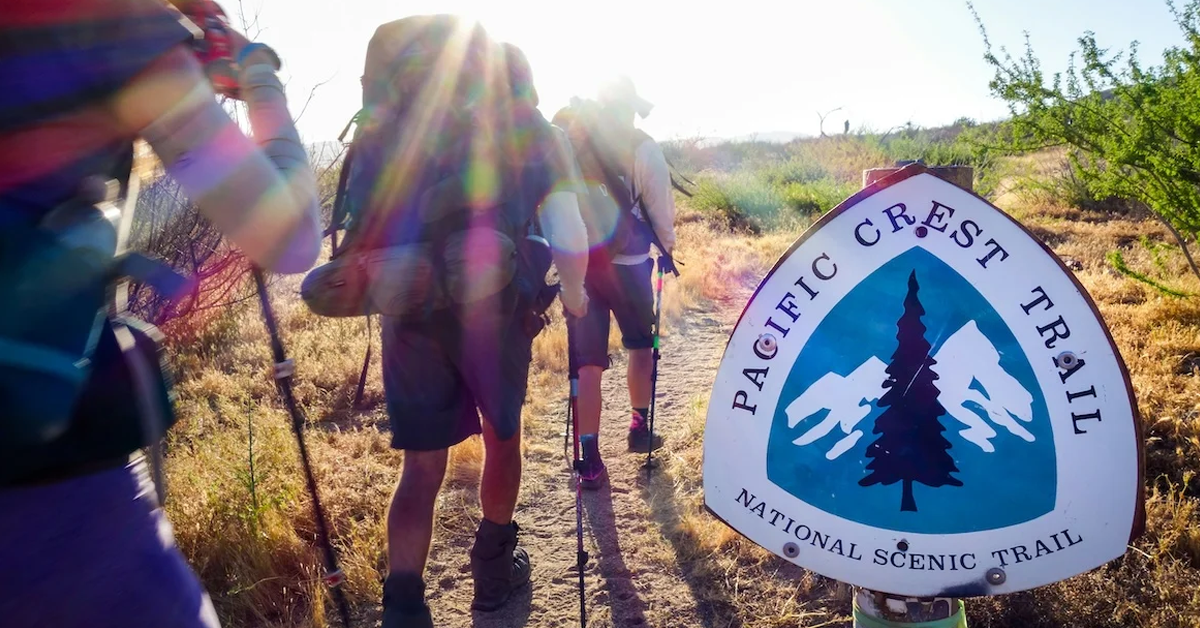
Trekking Poles: Are They Necessary?
Benefits of Using Trekking Poles
Trekking poles are not just helpful; they are a game-changer on the PCT. They provide stability, reduce the impact on your knees during descents, and can help check the depth of streams or snow patches.
Choosing Trekking Poles
Material: Carbon fiber poles are lightweight and absorb shock well.
Adjustability: Poles with an adjustable length offer versatility.
Grip: Cork handles are comfortable and absorb sweat.
Choosing a Tent for the PCT
Your Portable Home
When selecting a tent for the PCT, the term "shelter" encompasses various options, including bivy sacks, tarps, pyramids, and lean-tos. However, tents remain a popular choice. One crucial decision is whether to opt for a freestanding tent, which only requires the tent body and its poles for setup, like the Big Agnes Copper Spur HV UL2, one of the highest-rated shelters.
Freestanding vs. Non-Freestanding Shelters
Free Standing Shelters: These do not require stakes or tie-outs, making them quick and easy to set up in a variety of conditions.
Non-Free Standing Shelters:These typically rely on stakes or trekking poles for setup, like the Zpacks Duplex, which is a common choice on the trail. They can be lighter but require more effort to pitch.
Semi-Freestanding Shelters:Such as the Big Agnes Tiger Wall UL2, these generally use tent poles and can stand on their own but do require at least one stake or tie-out for full setup.
What to Look For
Weight: Aim for tents under 2 kg.
Protection: Ensure it offers reliable rain protection and breathability.
Space: Consider if you prefer more room over minimal weight.
This concise update clarifies the different types of shelters available to hikers and the implications of choosing between freestanding, semi-freestanding, and non-freestanding models, enhancing the gear selection advice for prospective PCT hikers.
Sleeping Bags and Quilts: Staying Warm on the PCT
Sleep Systems: Bags and Quilts
While there isn’t a generic term that captures both sleeping bags and quilts, many hikers refer to these essential items as their sleep systems or simply their bedding. Quilts, in particular, have become a favorite among thru-hikers, with four of the top five most common choices being quilts. These are popular due to their versatility in temperature ratings and customizable options, making them ideal for the varied conditions of the PCT.
Choosing the Right Warmth
The comfort of your night's rest can depend greatly on several personal factors:
Sleeping Style: Are you a warm sleeper or do you tend to feel the cold?
Sleeping Pad: The type of pad you use can affect warmth.
Clothing: Sleeping in your hiking clothes can add extra warmth.
Sleeping Arrangements: Whether you sleep alone, with another person, or even a pet can impact how warm you stay at night.
For the PCT, the typical temperature range for sleeping systems is between 10°F and 20°F (-12.2°C to -6.7°C). The choice of a sleeping bag or quilt will ultimately depend on your personal warmth needs and the conditions you expect to encounter.
Tips for Picking Your Bedding
Material: Look for high-quality down or synthetic fill to maximize the warmth-to-weight ratio.
Weight: A lighter quilt or bag can save crucial ounces in your pack.
Packability: Ensure your sleep system compresses well for easy packing.
Incorporating these considerations into your gear selection will help ensure that you choose the best sleep system for your adventure on the Pacific Crest Trail, enhancing both your comfort and performance on the trail.
Clothing: What to Wear on the PCT
Layering for Success
The key to managing the diverse climates of the PCT is layering. Start with a moisture-wicking base layer, add an insulating layer like a fleece or a lightweight down jacket, and top with a waterproof shell.
Essentials
Base Layer: Look for synthetic or merino wool fabrics.
Insulation: A puffy jacket provides warmth without much weight.
Shell: A durable and breathable rain jacket is crucial.
Electronics: Staying Connected and Safe
Essential Gadgets
While you want to disconnect, certain electronics are vital for safety and navigation. A GPS device or a smartphone loaded with trail maps can help you stay on course. Also, consider a solar charger or a portable battery pack to keep your devices powered.
Must-Haves
Smartphone/GPS: For navigation and emergency calls.
Headlamp: For night navigation and camp activities.
Portable Charger: To keep electronics charged without access to power outlets.
By focusing on lightweight, durable, and functional equipment tailored to your needs, you can enhance your experience and make your journey on the Pacific Crest Trail both enjoyable and successful. Remember, the best gear is the gear that works best for you. Happy hiking!
Conclusion
Pacific Crest Trail is a journey that demands best preparation and the perfect gear. From selecting a comfortable and durable backpack to choosing the perfect footwear, every decision can impact your experience. Prioritize lightweight and functional gear to ensure comfort over long distances. Don’t overlook the importance of trekking poles and essential electronics for safety and navigation. By carefully selecting your gear based on personal preferences and trail demands, you'll be well-prepared to tackle the diverse landscapes of the Pacific Crest Trail.
FAQs
How long does it take to hike the Pacific Crest Trail?
The Pacific Crest Trail typically takes about 2/3 months to hike, though it can vary depending on experience and desired pace.
Which are the Best boots for hiking the Pacific Crest Trail?
Hikers on the PCT often choose lightweight, trail-running shoes for comfort and agility.
What are the Wildlife photography tips for the PCT?
PCT wildlife photography: pack a light zoom lens (300mm+), and embrace early mornings/evenings for the best light.
What states does the Pacific Crest Trail go through?
The Pacific Crest Trail winds through California, Oregon, and Washington.
How many Pacific Crest Trail Maps are there?
There are several resources available to view the Pacific Crest Trail (PCT) map. Here are two options:
The Pacific Crest Trail Association (PCTA) offers a variety of maps on its website, including overviews of the entire trail and detailed maps of each section. for more click here.
The US Forest Service also has an interactive on its website PCT map. map allows you to see the trail in more detail.
